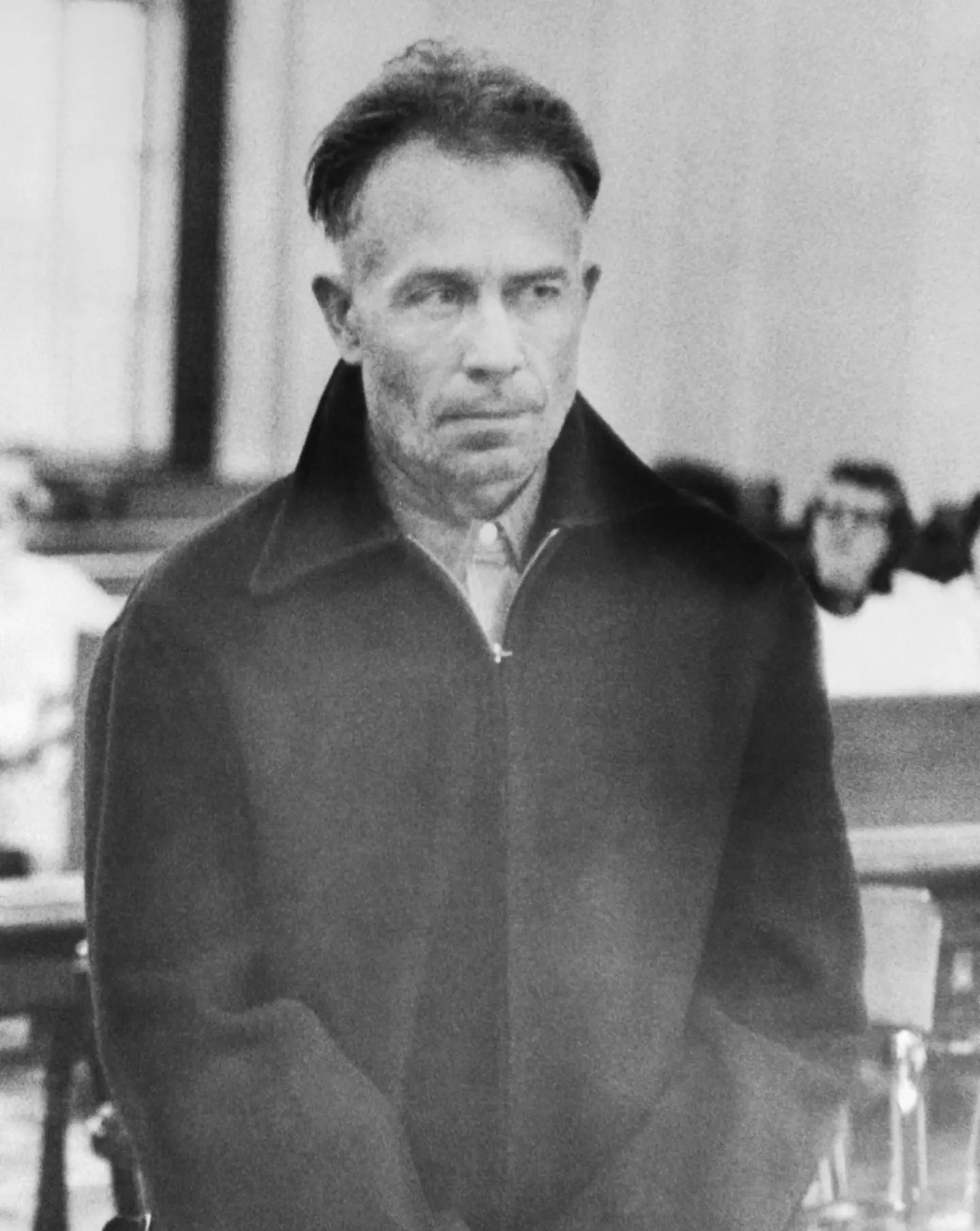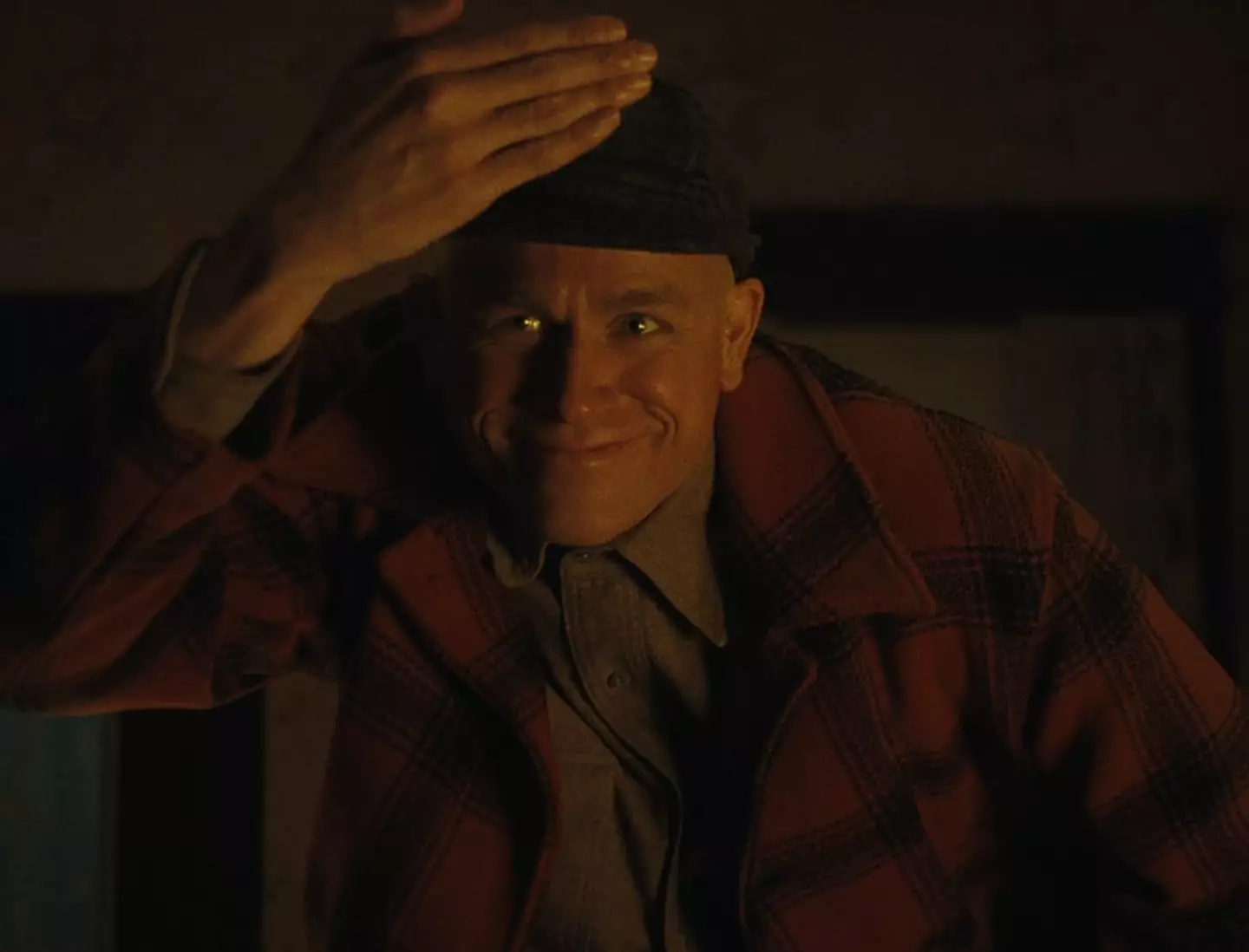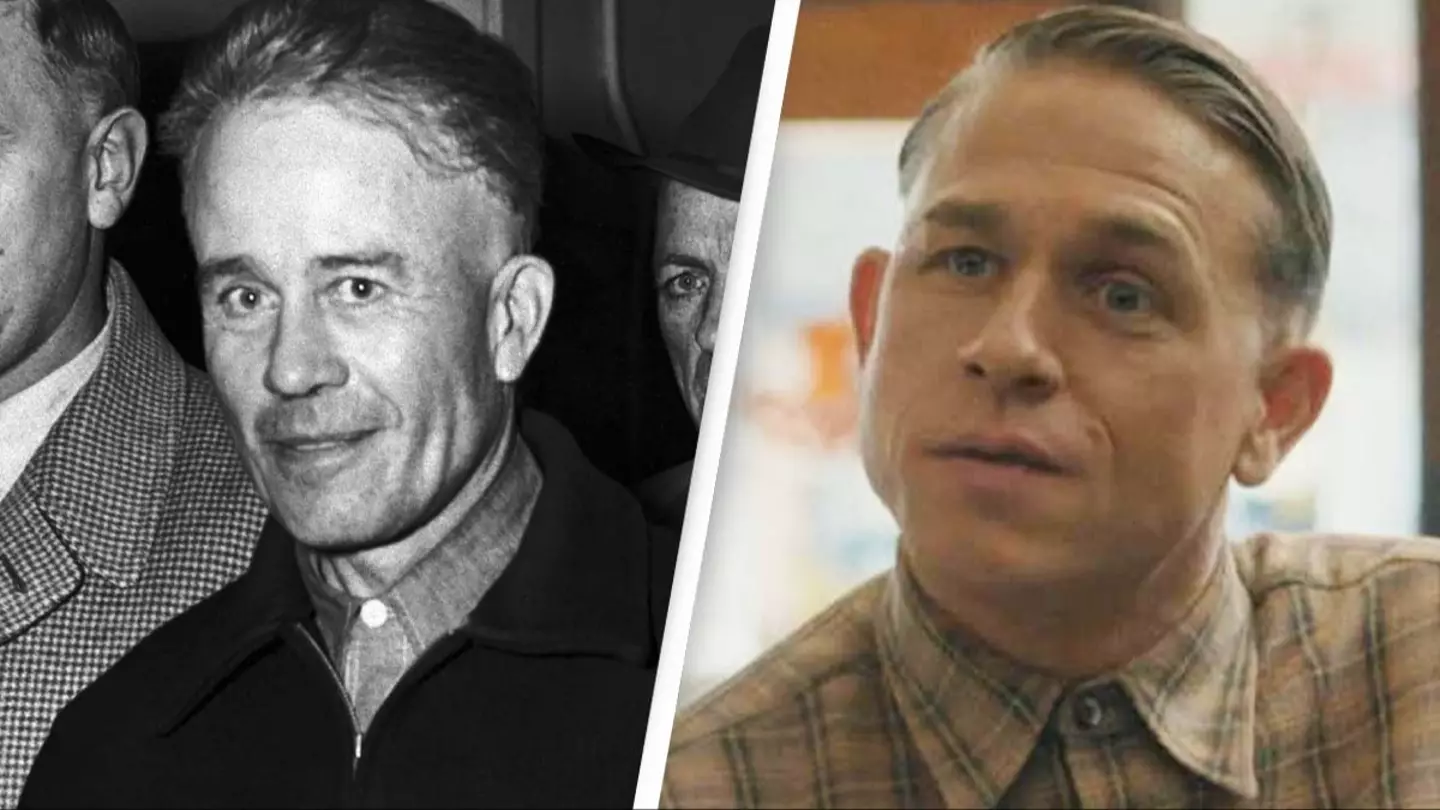A museum owner, who claims to possess genuine artefacts from the Ed Gein case, has cautioned those delving deep into the story after watching the Netflix series Monster: The Ed Gein Story.
This latest addition to the extensive list of crime dramas has naturally piqued the interest of audiences. While the series acknowledges filling in some blanks and dramatizing actual events, it has stirred curiosity among viewers.
For those unfamiliar, Ed Gein was a real-life murderer whose heinous acts inspired some of the most notorious characters in media. During the 1950s, Gein was responsible for the deaths of at least two women and committed grave robberies, using body parts to create a nightmarish collection.
His horrific deeds came to light following the disappearance of Bernice Worden in 1957, prompting a police investigation into Gein’s residence. Authorities discovered Worden’s decapitated body hanging from the ceiling and found evidence of clothing made from human skin.

Chloë Manon, co-owner of The Grave Face Museum in Savannah, has advised against conducting in-depth online research about the actual case.
In a TikTok video, Manon claimed that much of the information available online about the case is inaccurate, exaggerated, and heavily influenced by decades of Hollywood’s fictional representations.
She emphasized that while images of purported artefacts from the case can be found, many were destroyed due to their illegal acquisition, leaving few surviving items.
Manon explained, “So they obtained this illegal evidence, and they weren’t able to use it in the courtroom. It was inadmissible. So he was charged for the murder of Bernice, found not guilty by reason of insanity, and went back to the psychiatric ward.”

She continued, “And you might be wondering now, or maybe you’re not, what happened to all of the inadmissible evidence? It was destroyed. So it was burned, it was incinerated, or it was buried.”
Manon also questioned the credibility of reports from the time of the murders in the late 50s, suggesting that much online information should be viewed skeptically.
She added, “There were also more reporters and journalists than people who actually lived in Plainfield when all of this was happening. Not to mention that these initial news reports were happening as the case was still ongoing. Typically, you don’t report on an ongoing investigation and state things as facts until they’re found to be factual. That didn’t happen here.”

